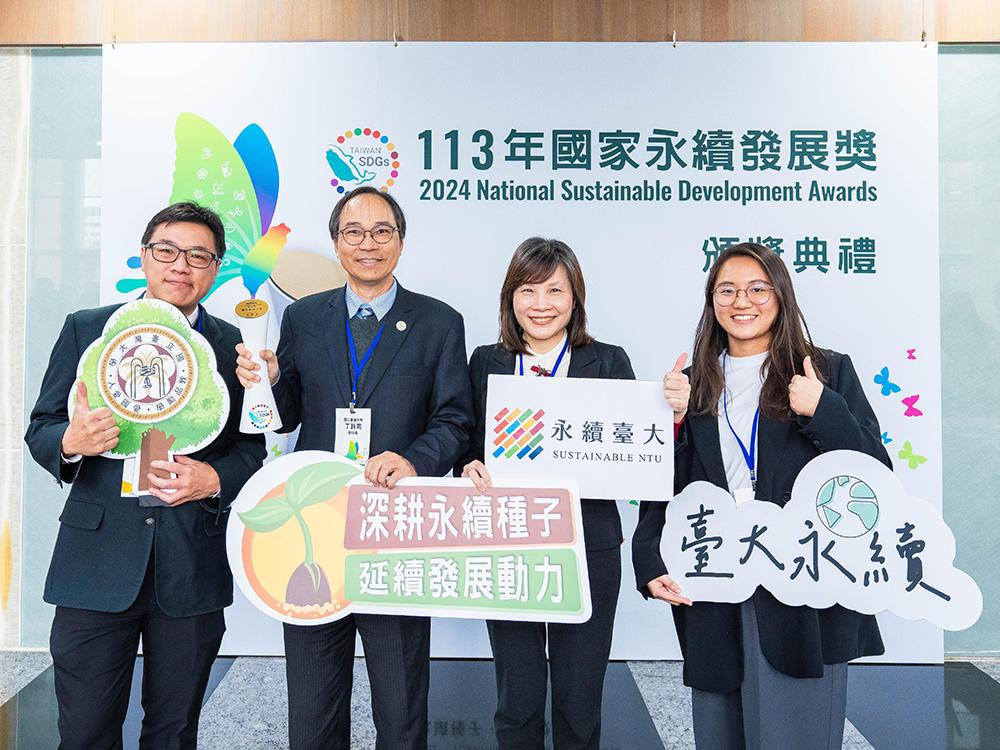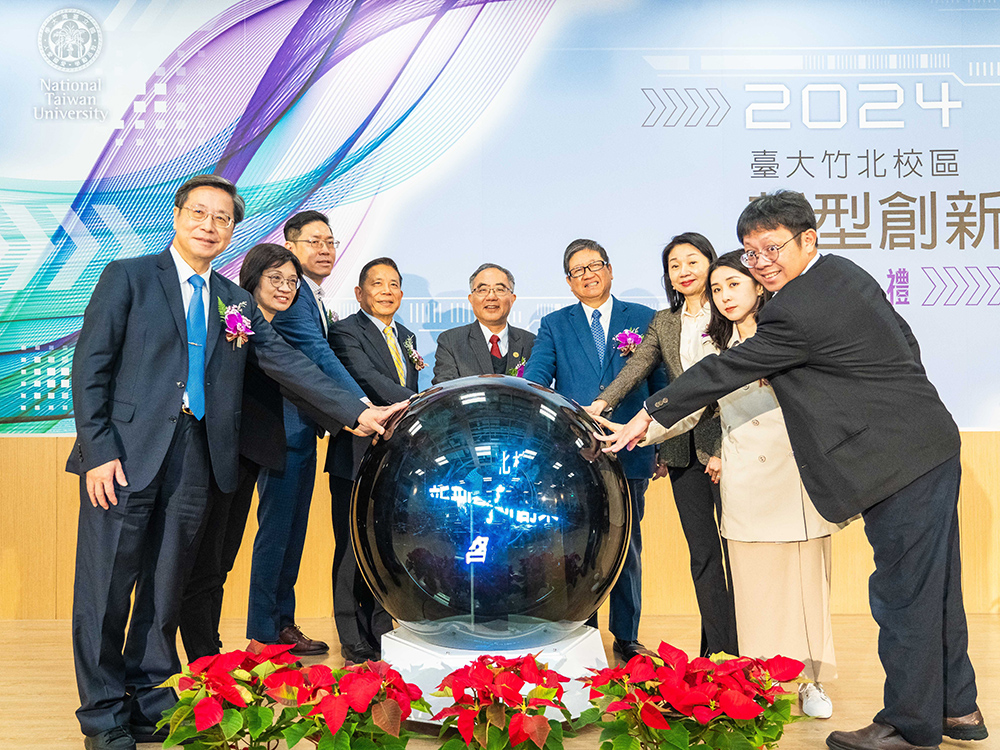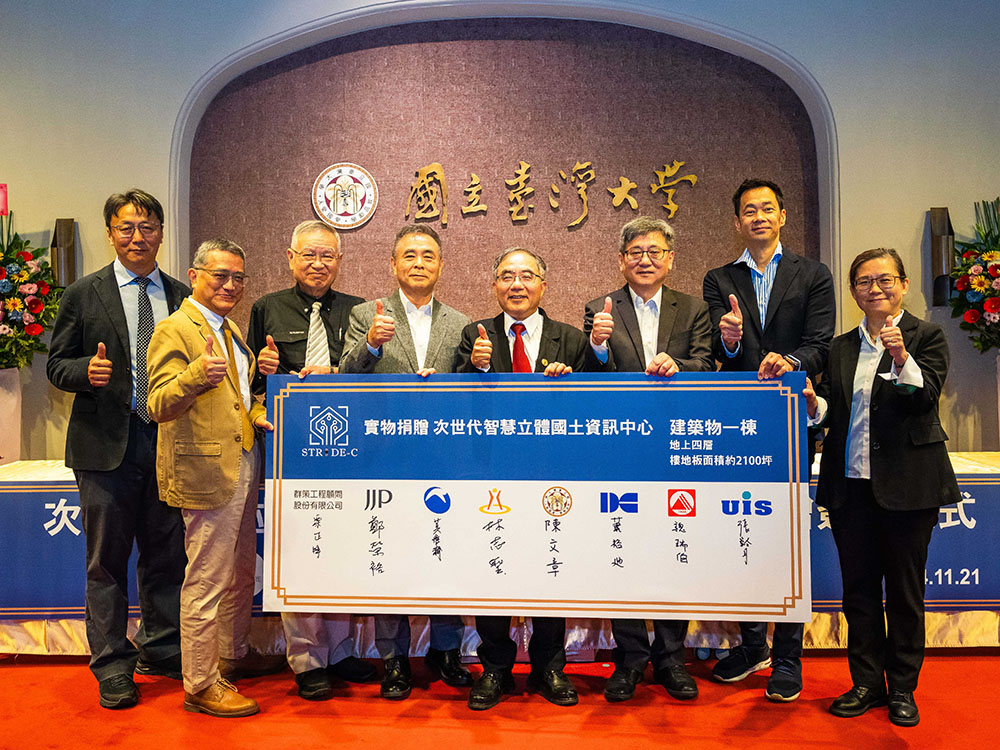
NTU wins the 2024 “National Sustainable Development Awards” for exerting influence in higher education
瀏覽器版本過舊,或未開啟 javascript
請更新瀏覽器或啟用 javascript
Spotlights
NTU study published and selected as a cover article in the renowned Journal of Material Chemistry A.
NTU Prof. of Geosciences Ya-Hsuan Liou (劉雅瑄) and post-doctoral researcher Li-Cheng Gao (高立誠) have found a simple route to synthesize heterogeneous crystal structures in hierarchical architectures with vacancy-driven defects through the oriented attachment growth mechanism. Their study was published in the Royal Society of Chemistry’s renowned Journal of Material Chemistry A (impact factor: 8.8) and selected as the cover article for the June 21, 2018 issue.
With the advancements in electron microscopy and nanotechnology, researchers can now use electron microscopes to observe crystal growth processes that were previously unknown to them. In this study, Prof. Liou and Dr. Gao successfully fabricated anatase/rutile TiO2 nanorod arrays as a large-scale film on substrates using a simple liquid-phase growth method—the oriented attachment growth mechanism. When nanomaterials grow via oriented attachment, the structural differences between the lattice planes of two distinct planes may result in the presence of interface dislocations, or defects, which would then alter the activity of the material.
The team not only overcame the difficulty of growing anatase TiO2 on substrates, but also changed the growth mechanism and crystalline form by modifying the liquid-phase environment. In collaboration with Dr. Jinghua Guo from the Advanced Light Source at Lawrence Berkeley National Laboratory in California, the team adopted synchrotron-based X-ray spectroscopy to characterize both the physical and chemical properties of the nanomaterials and identify the spatial distribution of different crystalline forms. Also, resonant inelastic X-ray scattering was utilized to observe and determine oriented attachment growth-induced defects. The photocatalytic degradation of contaminants indicated that materials with a heterogeneous crystal structure exhibit enhanced photocatalytic activity. In sum, the TiO2 nanomaterials developed in this study have great potential as promising photocatalysts in the energy and environmental fields.
This study was supported by the Ministry of Science and Technology (project no.: 105-2917-I-002-008 & 105-2628-M-002-008-MY3) and Higher Education Sprout Project at NTU. The team’s findings were published under the title, “A Facile Route for the Synthesis of Heterogeneous Crystal Structures in Hierarchical Architectures with Vacancy-Driven Defects via the Oriented Attachment Growth Mechanism,” (DOI: 10.1039/C8TA01027G), and selected as the cover for the Journal of Material Chemistry A (Vol. 6, No. 23, June 21, 2018).

NTU wins the 2024 “National Sustainable Development Awards” for exerting influence in higher education

Prof. Chih-Kung Lee of NTU’s Institute of Applied Mechanics elected NAI Fellow

NTU Launches Startup Initiatives at Zhubei Campus

2024 NTU-KU-UHH Trilateral Symposium: Uniting for Sustainable Future and Next Generation

Signing Ceremony for the donation of “Next-Generation Smart 3D Geospatial Information Center” at NTU Zhubei Campus
Current Spotlights